When I learned to read, one of the first books I read was a huge volume number 2 of “Children’s Encyclopedia.” That book was completely dedicated to space, the universe, discoveries humanity at that time and various theories. At 7, I read it very quickly and imagination immediately took me far into the future, at a time when humanity was already learned to fly at the speed of light, travel in time and populated distant corners of space. I dreamed that humanity would have contact with extraterrestrial civilizations and at every opportunity, avidly peered into the night sky. Since then I liked the night sky. Now I do stargazing in Madeira Island, where there are plenty of great places to do so.
“Remember to look up at the stars and not down at your feet. Try to make sense of what you see and wonder about what makes the Universe exist. Be curious. And however difficult life may seem, there is always something you can do and succeed at. It matters that you don’t just give up.”
– Stephen Hawking
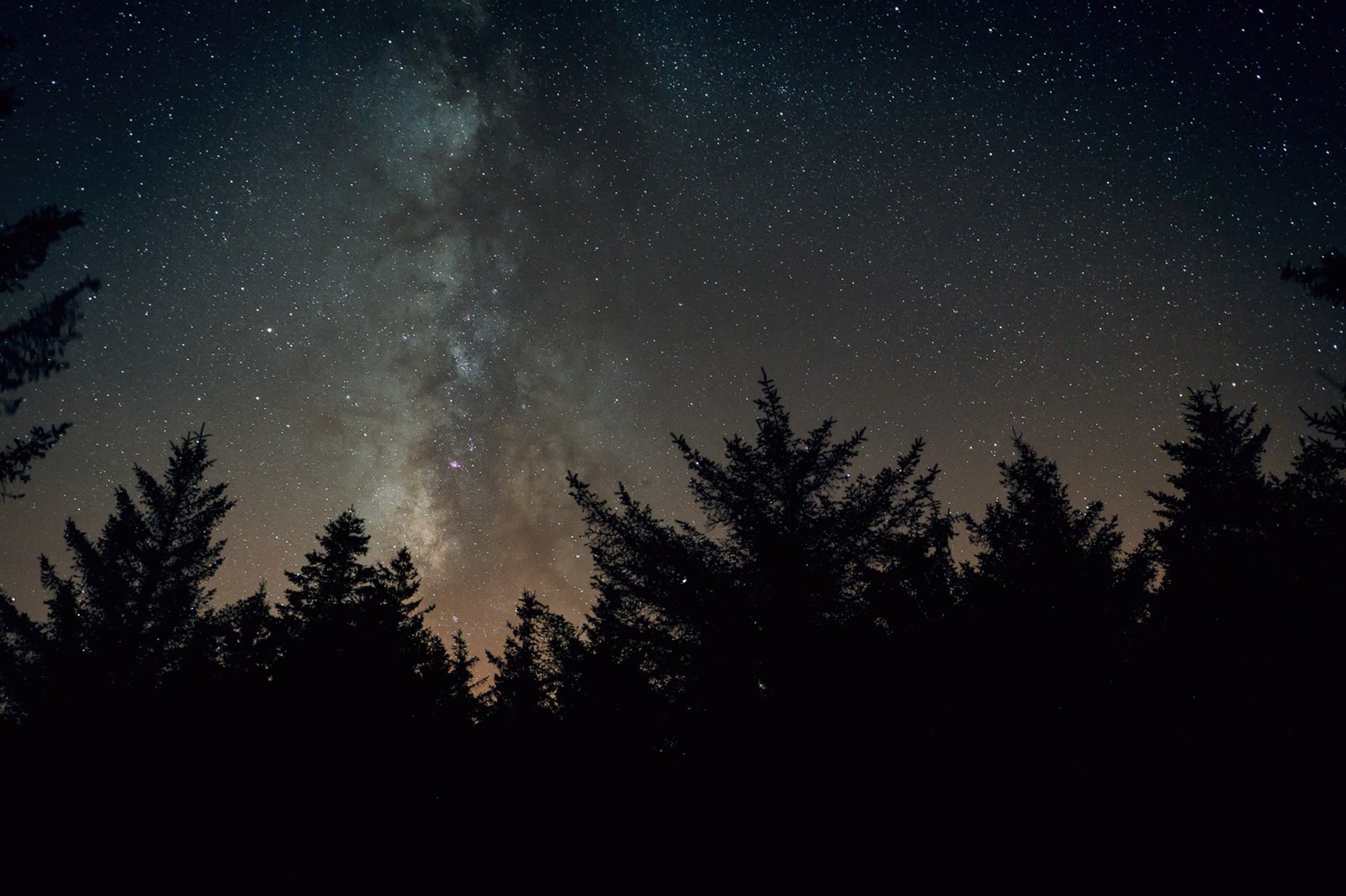
Virtually nothing from how people saw their future in the late 70s-80s realized. We learned a lot, comprehensively expanded the horizons of knowledge of mankind, but we still don’t know the answer to the question why the universe arose. We still have no evidence that there is any intelligent life in the Universe, except ours.
Having matured, I did not lose at all my curiosity about what was in black lifeless depths of the cosmos around us. I, as before, do not miss the opportunity to be alone with the universe and admire the night sky. Nowadays, it has become easier and harder at the same time. Harder because light pollution in the modern world has reached such proportions in Europe that, for example, there is practically no perfectly black night sky above your head. Here is an example with the Bortle scale, where light pollution is very clearly shown. Technology progress nevertheless made night sky observation easier.

Nowadays, for observing space I use an equatorial mount, digital SLR camera, sets of optics for different occasions, durable tripods and many other useful things like the weather forecast app, clear sky observation apps, software that can combine multiple images into one, algorithms and programs for processing the footage.
Watching the night sky has become easier definitely. Telescopes from a tool available only for scientists have become household devices in the modern world. As soon as I move out of town into a private house, the first thing I buy will be a telescope. This dream, you say, could have been realized a long time ago in a few “clicks”, but I want to leave the acquisition for the future.
Having moved to Madeira a few years ago, I was struck by the beauty of the southern night sky. Here, at 32° north latitude, I first saw what was hidden behind the horizon from my previous place of residence, at 54 ° degrees. The Milky Way was high in the summer sky. I saw the entire constellation of Scorpio, not only his “head”. Foremost importantly with the help of digital cameras, I could observe the centre of our galaxy from March to November. Before I could see it only a couple of months!
Yet two more huge advantages of Madeira Island. The first one is a long dark night all year round. In summer, it lasts about 9 hours. In winter it lasts about 11 hours. The second advantage is the temperature. In summer, + 15 ° + 20 ° at night in the mountains. In winter in the mountains, the temperature does not go lower than -2 ° С -5 ° С. Snow may fall, but it never comes to a serious minus. Cool, really ?!
There are two disadvantages of Eternal Spring Island (the second name for Madeira) for observing the night sky. The first one is urban flare on the southern part of the island (Bortl scale No. 6), and the second one is the number of clear nights throughout a year. I learned to deal with these factors.
The light pollution is easy to get around moving to the northwest of the island (Bortl scale #4), or to the northeast of Madeira (Bortl scale #4). Clouds are harder to fight. Sometimes a cyclone comes and it rains a couple of days everywhere. This kind of weather more common for winter. In the summer, dry weather prevails and it is possible to find a good place for stargazing.
Sometimes dry warm air from the Sahara Desert comes to the island. There is not a single cloud in the sky and it looks very attractive for astrophotography and star watching purposes. But this is not so. The wind Leste carries particles of sand from the desert. Those particles are not visible by the naked eye at night, only on the photo, it becomes clear that the amount of stars is reduced are they are dimmed.

From all over the Madeira island I chose 3 best places for the stargazing. I will tell you about each one in detail below.
1. Fanal
– UNESCO World Heritage Site, laurel forests at an altitude of 1000 m above sea level, situated in the northwest of Madeira. Drive from Funchal to Fanal may take up to an hour (55 km). This place stands apart. The weather there is very finicky, even in summer. You may see a blue clear sky above you and there is no wind, and after 20 minutes there is a slanting rain, the wind blows and you are inside the thick cloud.
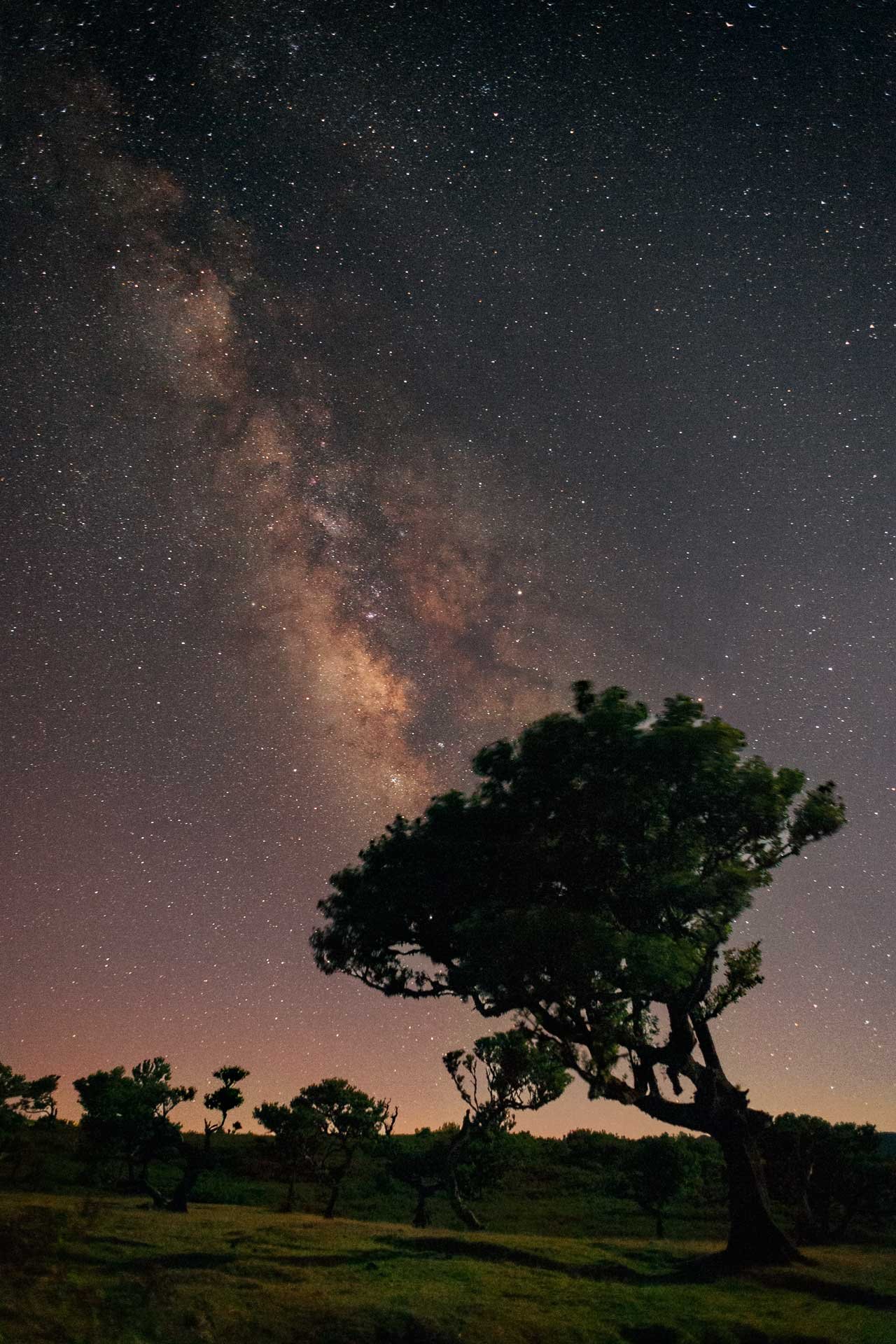
Before getting out there you need to check the webcams nearby. The very edge of the Madeira is visible on that camera and if there are clouds above it, then you need to check the weather forecast and wind direction at Porto of Moniz city. If the weather on the webcam is cloudy and western and northwest wind is blowing – you should not go, because there in Fanal will be cloudy. You will not be able to see the stars. If the sky is the cloudy but southern, eastern or northeastern wind blows, then, the probability of seeing the blackest night sky in Madeira is very high! Well, the most simple case is a clear sky on a webcam and an eastern wind.
I take with me a thermos with tea, sandwiches, some fruit, a tent, and a light sleeping bag. While daylight is still present I find an interesting composition of bizarre forms of laurels, put up the tent, prepare my photo equipment. When it’s dark it’s impossible to take your eyes off the bright stars in the black sky!

Only from the southeast side, there is a slight flare from Funchal, but it can be overcome by selecting composition with an object just above the horizon in the foreground (a tree, or a hill). There is one more point. Since there are cows in Fanal, you may pick up ticks. In summer they are more active, in winter less. It is impossible to pick up Lyme disease or tick-borne encephalitis. Take simple precautions. Wear pants, high boots, and long-sleeved shirts. Treat clothes with a spray from ticks. Upon return, take a shower, and wash all the clothes. The next day, carefully examine yourself.
2. Pico do Arieiro
Pico do Arieiro – 1818 m above sea level, the third highest peak of Madeira. A mountainous road from Funchal leads directly to the parking lot nearby. For your convenience, there is also a webcam, which can help to understand whether you go stargazing there or not. The weather forecast, unfortunately, is not accurate. There were many times when I saw a clear sky in the webcam and while reaching Pico do Arieiro from Funchal, the sky turned completely cloudy.
Because this place is in the mountains, then the appropriate precautions are important: warm, waterproof clothes and a bright flashlight. Do not leave the trail at night if you do not know the place. There are many paths without a fence, where one step to the side, can make you go down a couple of hundred meters lower in a few seconds. At night you have to be especially very careful.
Often, Pico do Arieiro is the only place on the whole island without clouds. But when the cyclone arrives, then even there a cloud stands and nothing is visible. In the spring, summer and autumn it’s good to watch the Milky Way there. In winter I watch large constellations like Orion, Pleiades, etc.
3. São Lourenço
São Lourenço is the most eastern part of Madeira. It is not like other places in Madeira. There is no big vegetation, with the exception of herbs and succulents, no freshwater, only rocks and constantly blowing strong wind. In terms of climate, it’s more like tundra rather than the tropics. A harsh but very beautiful place.
I park my car in the parking lot. I go to the very end of trail light (only with a sturdy tripod, camera, thermos with tea). The trail is well marked, it’s hard to get off and get lost, even at night. There are a couple of dangerous bottlenecks, but they are well-fenced. I would not go there without a good flashlight.
The farther you go from the parking lot, the more you hear the ocean. The only protection from strong wind is the low slopes of the hills. On a clear night, you can observe stars from the left, right and in front of you. You will still have the lights of Madeira behind.
I equally enjoy going to São Lourenço light and with a tent. There are pros and cons for each way. I do not want to carry a tent in good weather, but without it, if it suddenly rains, and you have gone too far, you may freeze. Generally, in the summer having a rug with you is enough, in winter – a tent is a must. In spring this place is the best to watch how the Milky Way rises above the ocean. You have to get up early. In March, this happens at 3-4 o’clock in the morning, and in April at 2-3 o’clock in the morning. After stargazing you definitely would like to meet a sunrise! New daybreak at São Lourenço will impress you much!

What kind of night sky objects and when attract my attention? In the summer I turn my eyes to the Milky Way (our home galaxy with a huge number of interesting clusters of stars, gas dust clouds, etc.), the Scorpio, Swan constellations. They are interesting for their nebulae. Also, I watch planets Jupiter, Saturn, Venus, and Mars.
In winter, I look to Orion constellation (a whole set of nebulae and gas-dust clouds), Andromeda galaxy (the death of our galaxy will come from there), the constellations of the Pleiades, Perseus.
In the spring, I say goodbye in the west to Orion – you can shoot it immediately after sunset and without light pollution. And in the east, you can see the rise above the horizon of the centre of the Milky Way. It is a very impressive sight even for the unarmed eye. Imagine bright stars rising above the black night ocean, for example!
In autumn all the interesting cosmic objects can be found in one night: the Milky Way descends to the horizon immediately after twilight, Andromeda and the Pleiades rise, and in the morning in the east Orion rises. There is always something to watch all year round.
“The universe is a dark forest. Every civilization is an armed hunter stalking through the trees like a ghost, gently pushing aside branches that block the path and trying to tread without sound. Even breathing is done with care. The hunter has to be careful because everywhere in the forest are stealthy hunters like him. If he finds other life – another hunter, an angel or a demon, a delicate infant or a tottering old man, a fairy or a demigod—there’s only one thing he can do: open fire and eliminate them. In this forest, hell is other people. An eternal threat that any life that exposes its own existence will be swiftly wiped out. This is the picture of cosmic civilization. It’s the explanation for the Fermi Paradox.”
– Liu Cixin, The Dark Forest

“Dark Forest” is one of my favourite science fiction books about humanity and the universe. Liu Cixin, the writer of the Remembrance of Earth Past trilogy, is sure that it is not worth it to wait for something good from the contact of aliens with us earthlings. And just like Cortes in his time did with the Indians, aliens will do the same with earthlings. In the end, in the long run, a more advanced civilization will always win. The Zoo hypothesis and the Fermi paradox with one side and the Drake equation on the other, they say that this is only a matter of time when we come into contact with other extraterrestrial life forms. And because of this looking to the night sky is still as interesting as in distant childhood.
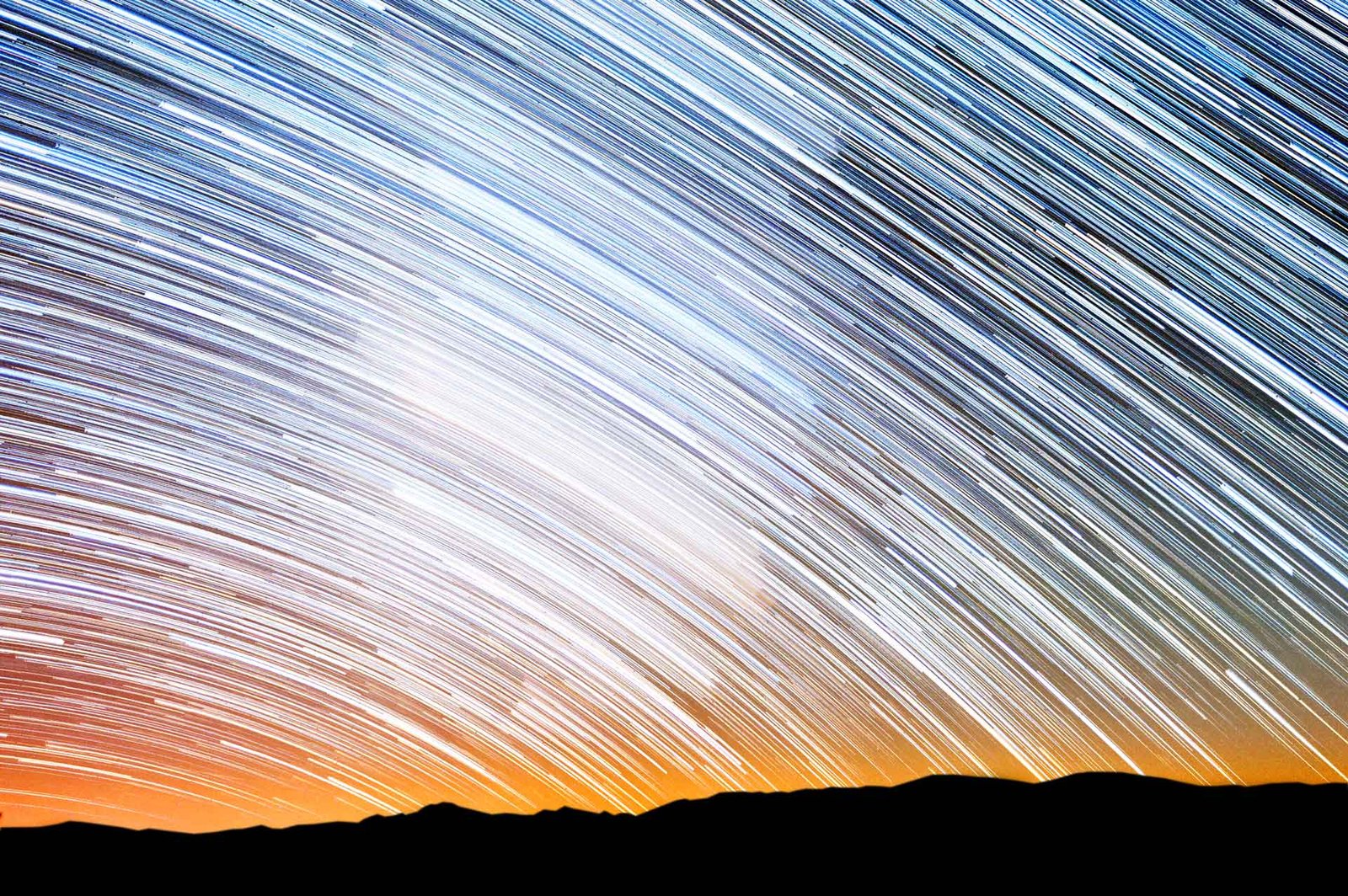
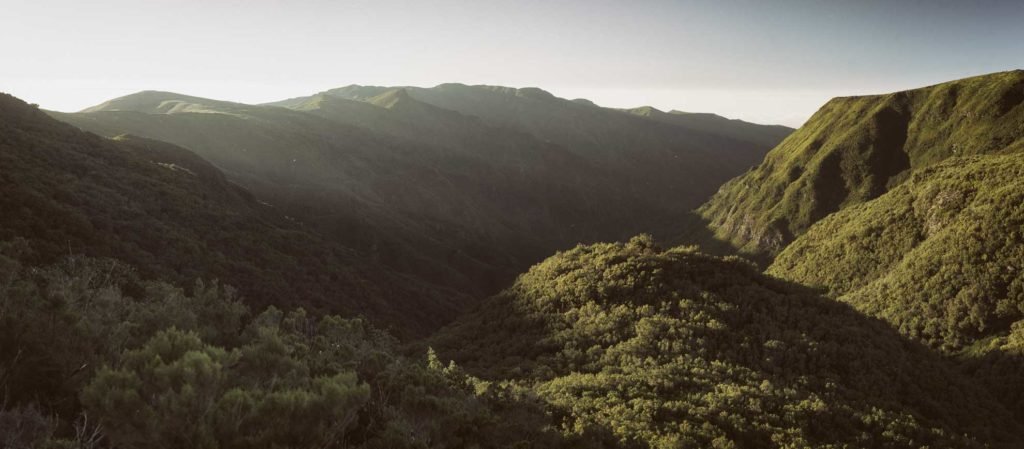
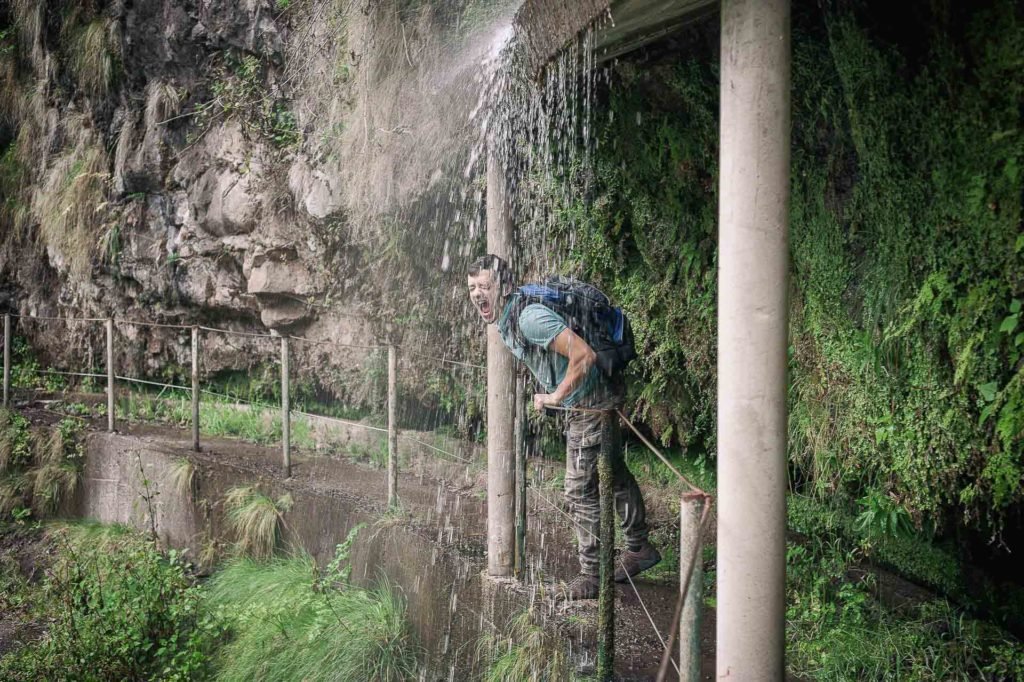
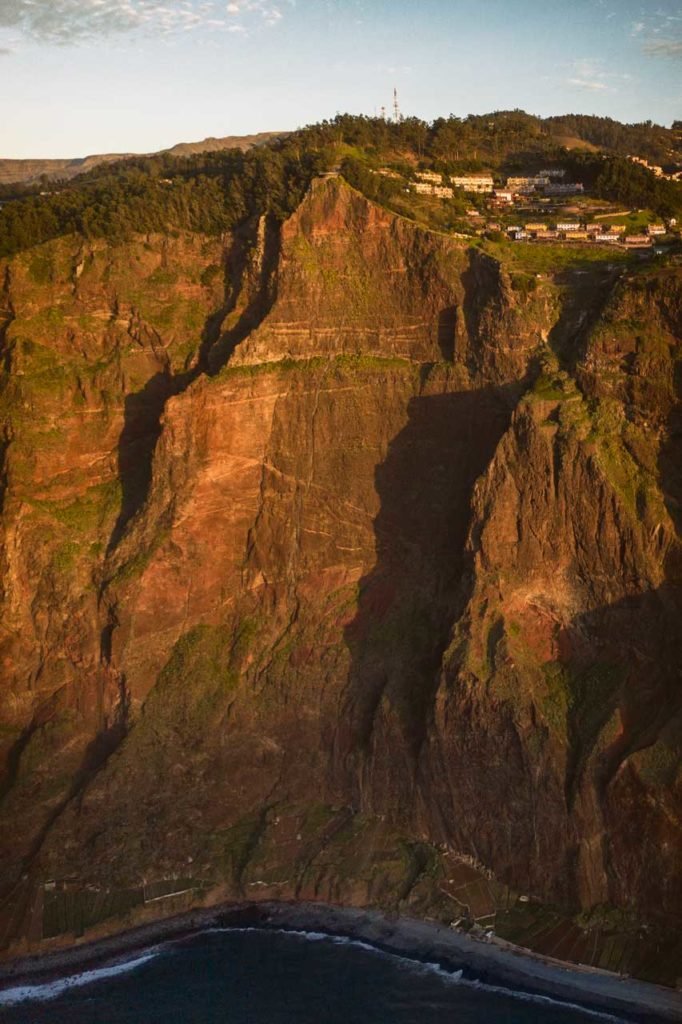

2 comments
Hi there, looking to go stargazing tonight om Madeira, with the perseids passing by. Any way you wanna go together to a good spotting olace?
Kind regards,
Eva
Hi, Eva,
Thanks for inviting 😉
Tonight I will miss Perseids.
By the way, regarding the weather, the best place to watch them is Arieiro Peak tonight.
Cheers,